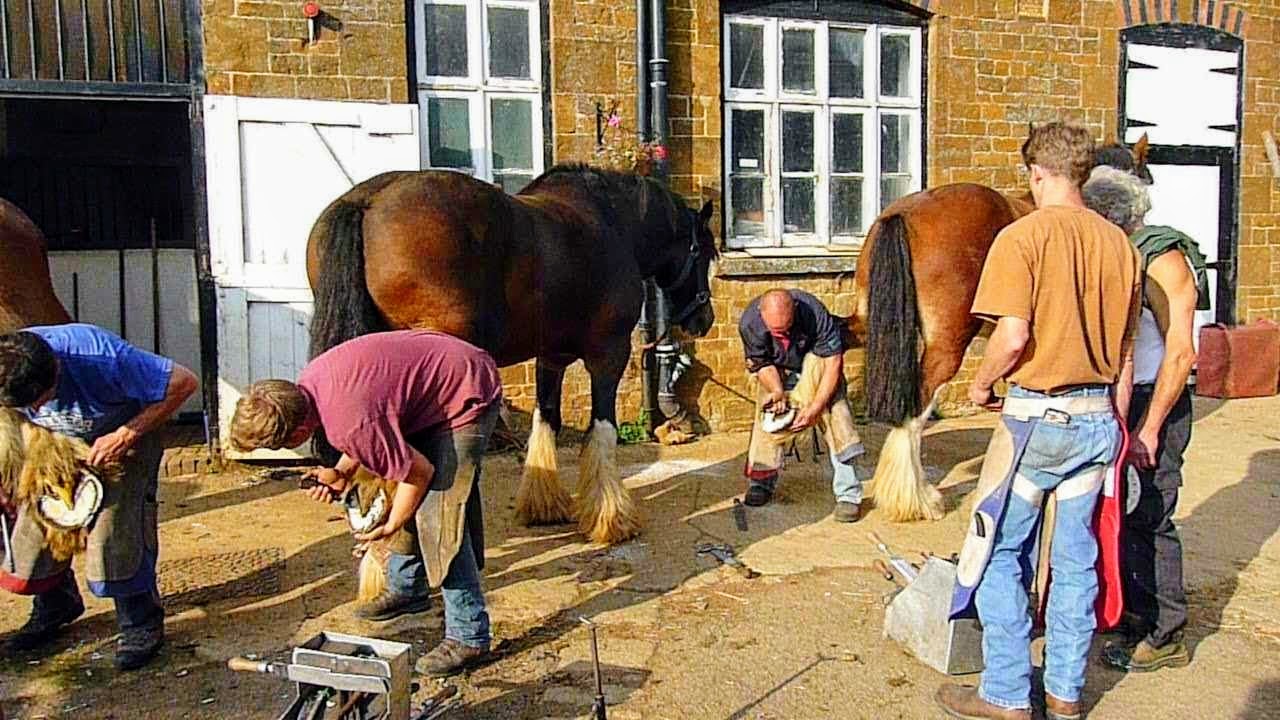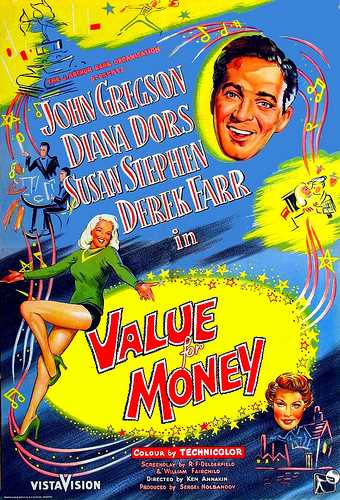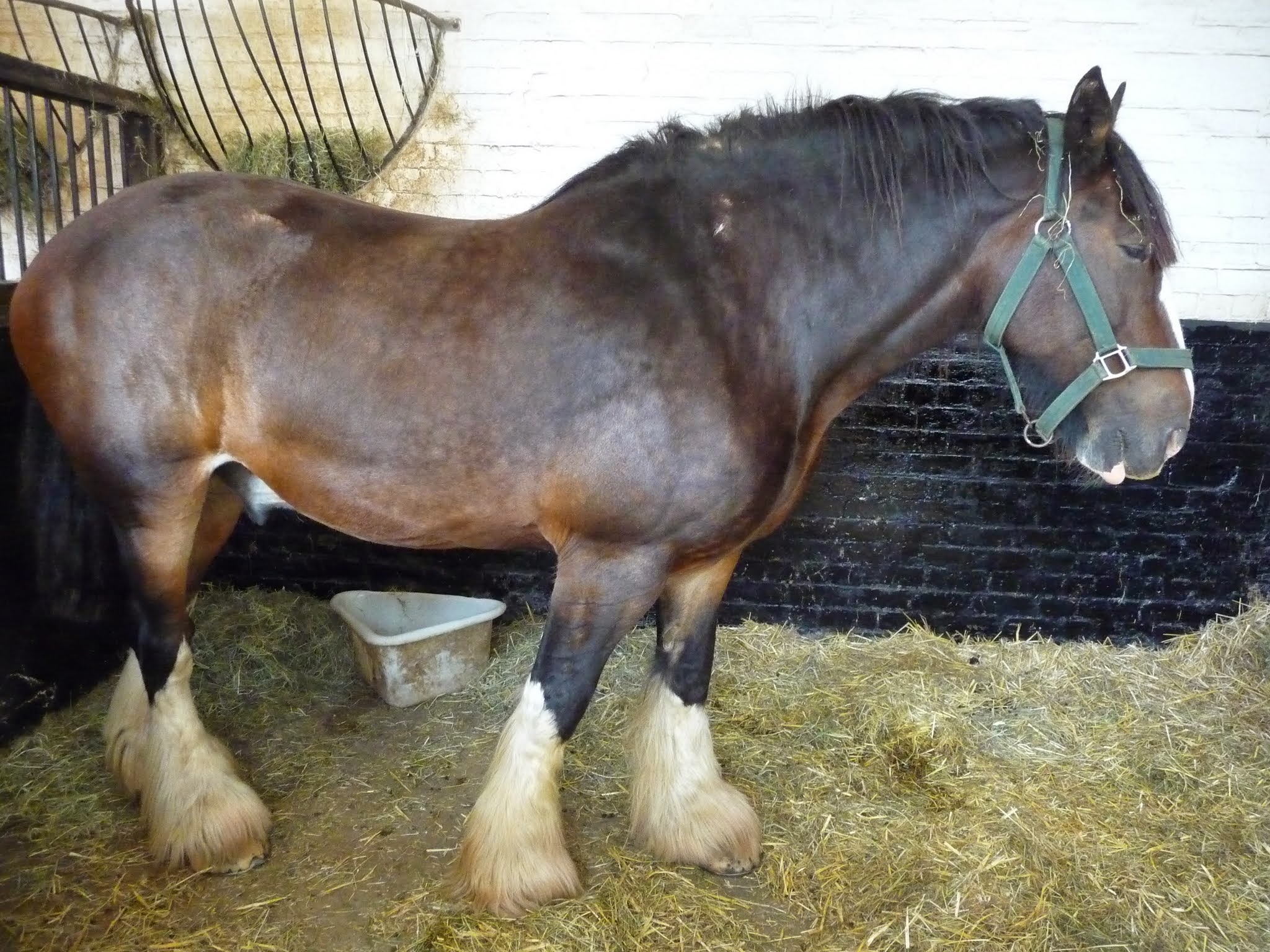Both Trump and Trudeau are enamoured with getting the private sector involved in public infrastructure projects. But analyzing value for money before deciding what to build, why to build it, how to build it and where to put it, they are putting the cart before the horse.

Trudeau is pushing ahead with an Infrastructure Bank whose mandate is to “make investments in revenue-generating infrastructure projects and plans that contribute to the long-term sustainability of infrastructure.” I would have preferred that the new bank make investments that contribute to long-term sustainability; or to the quality of life; or the triple bottom line of people, planet and profit. But the Feds seem intent on sustaining infrastructure deals without asking why or what should be built. Obviously Bay Street will be rubbing their hands in glee.
Trump is suggesting huge tax credits for private companies to invest in infrastructure. With a trillion dollars at stake Wall Street is likely salivating.

Poster for Value for Money – a 1955 British comedy film. The poster art copyright is believed to belong to the distributor of the film, the publisher of the film or the graphic artist. Source: Derived from a digital capture (photo/scan) of the Film Poster (creator of this digital version is irrelevant as the copyright in all equivalent images is still held by the same party). Copyright held by the film company or the artist. Claimed as fair use regardless. From Wikipedia, the free encyclopedia.
I’d like to suggest that Messrs. Trudeau and Trump focus on the why and the what and not the how in deciding on public infrastructure.
With both Canada and the US focused on the private sector as the source of funds the term business case has come up a lot in the discussion. Because things are murky in this discourse, a clarification is in order regarding the use of business case:
- A public private partnership (PPP or P3) business case involves a review of whether a P3 approach will deliver value for taxpayers or Value for Money (VfM). That is whether there is a sound procurement strategy and transaction structure and whether the project is viable under the proposed P3 financial structure (compared to traditional public procurement).
- An infrastructure project business case focuses on the project rationale in terms of economic, social, environmental, and other benefits in quantitative terms. The project business case demonstrates that an investment is in the public interest by calculating net public benefits. The focus is on using cost benefit analysis to see whether the project should be built, or how it should be built. It calculates overall value for money. If a stakeholder perspective is added a Triple Bottom Line Cost Benefit Analysis (TBL-CBA) can tell decision makers who will benefit as well.
So while a P3 value for money business case tells you whether the private and public financing mix is beneficial, the TBL-CBA value for money tells you whether you are doing the right project, or whether the project is done right. Obviously TBL-CBA must precede the P3 analysis. Putting the cart before the horse (and mixing animal metaphors) means you will get an optimally procured white elephant.
While Bay and Wall Street will benefit from bridges to nowhere, the public will not.
Another reason for getting the cart-horse order correct is that if you are trying to encourage new investment and get the private sector involved in less obvious infrastructure areas, it is likely these will not have an obvious revenue stream (such as tolls on roads and bridges). For these infrastructure investments the government may need to pay a shadow user fee (such as paying rent for a repaired levee). But to determine the appropriate payment, you must have quantified the net benefit of the infrastructure investment.
At Impact Infrastructure we are interested in overall value for money. The business case or VfM in the P3 sense answers an interesting but rather limited question. We think that overall value for money, from TBL-CBA, can be used to choose the right projects, provide the information to make them acceptable to stakeholders, and help ensure that they are designed and built in an optimal fashion.
Once overall value is determined, by monetizing the net benefits to people, planet and profit using TBL-CBA, then P3 value for money can be determined.

Cart, horse.
0 Comments